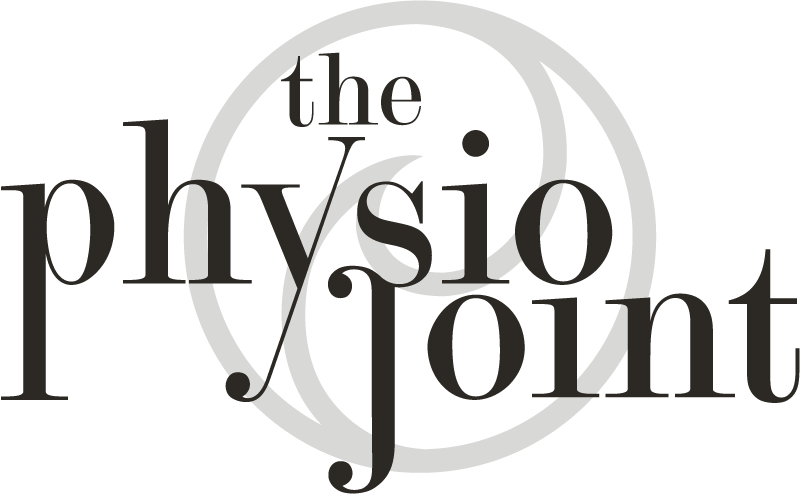What is the General perception of Physiotherapists and Chiropractors?
Throughout my early career I have heard many patient perceptions of what a Chiro does and what a Physio does. “My chiro treats my spine and my physio treats my muscles”my chiro keeps my back and neck in alignment while you (the physio) treats my limbs” and finally “my chiro keeps me going with adjustments while I see the physio for my flares” are common things I hear.
In this four-part series, we will be looking to debunk any myths/misconceptions and provide a holistic representation of what a physiotherapist and what a chiropractor provides as a service to patients.
What you will find is that there are some key differences among an array of similarities. In our experience due to the complexity of physiotherapy, the differences between two physiotherapists can be larger than that of a particular physiotherapist and a particular chiropractor.

The major differences between the two professions are:
- Chiros have a strong fundamental principle of practice that most body ailments stem from something “being out” of alignment in the spine. As a result, their treatment techniques are mainly focused on treating the spine. Physios more commonly treat the whole body for mechanical issues and choose to treat the spine and/or the periphery based on assessment findings.
- Chiros mainly use manipulation (cracking) and physios use more often mobilisations (gentle sustained or oscillating pressures).
- Forces applied by chiros are shorter, more sudden and larger. Forces applied by physios are generally longer, more sustained and of a lesser intensity, supplemented by movement exercises.
- Physios can choose from an array of manual (hands-on) and hands-off techniques in treatment sessions. Chiros are mainly hands-on focused.
- Physios prescribe exercise and self-management techniques. Chiros often don’t prescribe exercises and rely on patient improvement to happen within treatment sessions.
- Physios generally discharge in less treatment sessions as patients can self-manage between sessions while chiros require more treatment sessions.

The education processes differs:
- Physiotherapists are taught at university and learn how to treat musculoskeletal, neurological and cardiopulmonary ailments. There are 63 programs available across Australian universities.
- Chiropractors are taught at one of 4 different programs in Australian universities. The focus is on the alignment of the spine and manipulation/adjustments of the spine.

The major similarities are:
- Both provide manual therapy
- Both have a good background in anatomy and how the body works
- Both investigate lifestyle factors that can be contributing to the pain/injury
- Both are manual therapists and use manual therapy





